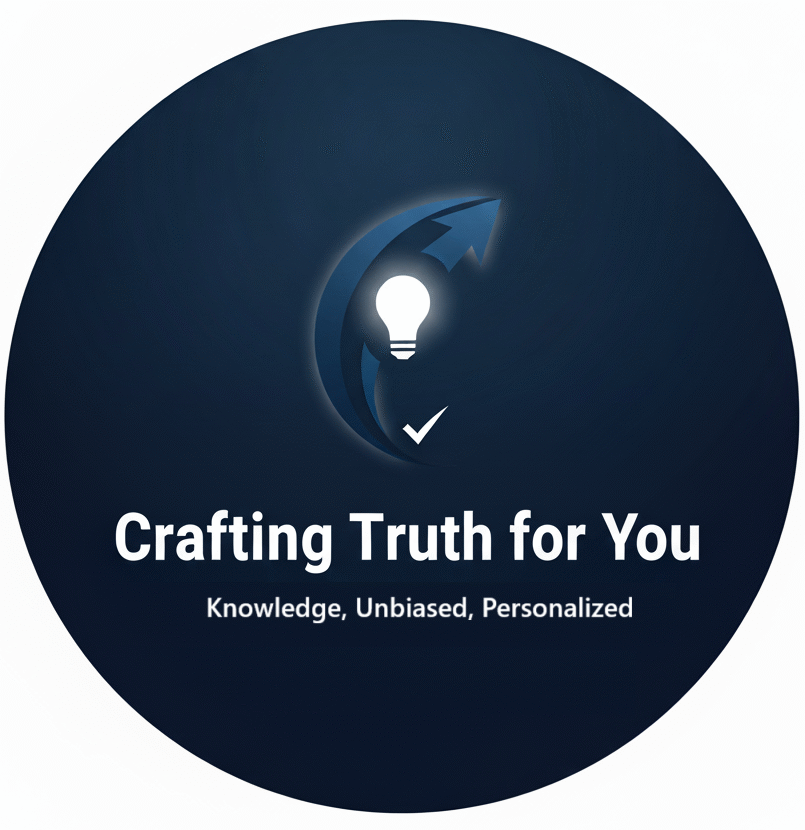Confusion is A Superpower : The Hidden Power of Being Confused
Do you confuse always , its superpower lets understand in depth :
Imagine this: You’re standing at a crossroads, the kind where every path looks like a scribble on a map drawn by a toddler. Your brain feels like a blender on high speed, tossing thoughts, doubts, and half-baked ideas into a chaotic smoothie. You don’t know which way to turn, what to believe, or even where to start. Clarity? It’s gone, vanished like a magician’s rabbit. Most of us would call this confusion—and most of us would dread it. But what if I told you that this swirling, disorienting mess is hiding a secret superpower? What if, when clarity fades, something extraordinary begins to emerge?
We live in a world obsessed with answers. From Google searches to self-help books, we’re conditioned to chase certainty like it’s the holy grail of existence. Confusion, on the other hand, gets a bad rap-relegated to the corner of shame, labeled as weakness, indecision, or failure. But here’s the twist: confusion isn’t the enemy. It’s a misunderstood ally, a catalyst for creativity, growth, and resilience. When the fog rolls in and the path disappears, that’s when the real magic happens. Let’s dive into why confusion might just be the most underrated superpower you didn’t know you had.
The Myth of Clarity
First, let’s debunk the myth that clarity is always king. We’ve all had those moments where everything clicks-life feels like a puzzle with all the pieces snugly in place. It’s satisfying, sure, but it’s also fleeting. The truth is, clarity is a temporary guest, not a permanent resident. And honestly? It can be a bit of a dictator. When we’re too certain, we stop questioning, exploring, or imagining. We lock ourselves into rigid boxes, convinced we’ve figured it all out.
Confusion, though? It’s the wild card. It’s the rebel that storms in, knocks over your neatly stacked assumptions, and demands you look again. Think about the last time you were utterly lost-maybe it was a tough decision, a creative block, or a personal crisis. Did you panic? Probably. But did you also start to see things differently? Maybe you dug deeper, asked harder questions, or stumbled onto a solution you’d never have considered in your “clear” state. That’s confusion doing its work-quietly, messily, brilliantly.
History backs this up. Some of the greatest minds-Einstein, Picasso, even Steve Jobs-thrived in the murky waters of uncertainty. Einstein once said, “The important thing is not to stop questioning.” He didn’t say, “The important thing is to have all the answers.” Confusion was his fuel, pushing him to wrestle with the unknown until relativity emerged from the chaos. Picasso shattered artistic norms because he refused to settle for the obvious. And Jobs? He built an empire by embracing the foggy intersection of technology and creativity. These giants didn’t run from confusion-they danced with it.
The Science of the Fog
So, what’s happening in our brains when clarity vanishes? Neuroscience offers some fascinating clues. When we’re confused, our minds shift into overdrive. The prefrontal cortex-the part responsible for problem-solving and decision-making-lights up like a fireworks display. At the same time, the amygdala, our emotional alarm system, might kick in, signaling discomfort. It’s a messy tango of logic and feeling, but here’s the kicker: this chaos forces our brains to forge new connections.
Psychologists call this “cognitive dissonance”-the tension we feel when faced with conflicting ideas or uncertainty. It’s uncomfortable, no doubt, but it’s also a breeding ground for insight. Studies show that when we wrestle with confusion, we’re more likely to think creatively, spot patterns, and adapt to new challenges. In one experiment, participants given ambiguous tasks outperformed those with clear instructions-because they had to stretch their minds beyond the obvious. Confusion, it turns out, is like a gym workout for your brain: tough, sweaty, and ultimately transformative.
But it’s not just about neurons. Emotionally, confusion strips away our armor. When we don’t know, we’re vulnerable-and vulnerability is a gateway to empathy, curiosity, and connection. Ever notice how a shared moment of “Wait, what’s going on?” can bond people faster than a polished plan? That’s confusion weaving its subtle magic.
The Creative Spark in the Dark
Nowhere does confusion shine brighter than in the realm of creativity. Artists, writers, and innovators don’t thrive on straight lines-they revel in the squiggles. Take a painter staring at a blank canvas. The moment is dripping with potential, but it’s also a void of direction. Should it be abstract? Realistic? Bold or soft? The confusion is paralyzing-until it isn’t. Suddenly, a brushstroke lands, then another, and what started as a jumble of indecision becomes a masterpiece.
I once spoke to a songwriter friend who described her process. “The best songs,” she said, “come when I have no idea what I’m doing. I’ll sit at the piano, fumbling, lost, and then-bam-something clicks. It’s like the confusion hands me the map I didn’t know I needed.” She’s not alone. Countless creators echo this: confusion is the raw material of originality. When clarity reigns, we churn out predictable, safe ideas. When it vanishes, we’re forced to invent.
Think of your own life. When was the last time you solved a problem in a way that surprised you? Maybe you were confused about a work project, so you tossed out the rulebook and tried something wild-and it worked. Or perhaps a fight with a friend left you baffled, but in the haze, you found a deeper truth about your relationship. Confusion doesn’t just break things-it builds them anew.
The Resilience Factor
Beyond creativity, confusion has another superpower: it toughens us up. Life isn’t a straight shot from A to B-it’s a rollercoaster with blind drops and unexpected loops. The ability to sit with uncertainty, to not crumble when clarity fades, is what separates the brittle from the unbreakable.
Consider a time you faced a crisis-say, a job loss or a health scare. At first, the confusion was suffocating. Why me? What now? But as you waded through it, something shifted. You adapted. You found resources you didn’t know you had. You survived. That’s resilience, and confusion is its training ground. Each time we navigate the fog, we get better at it. We learn to trust ourselves, to lean into the unknown rather than flee from it.
This isn’t just anecdotal. Research on stress and coping shows that people who tolerate ambiguity-those who can handle confusion without spiraling-report higher levels of well-being. They’re not immune to life’s curveballs; they’re just better at catching them. In a world that’s increasingly unpredictable, that’s a superpower worth cultivating.
How to Harness the Chaos
So, how do we tap into this hidden power? It’s not about seeking confusion-that’s a recipe for madness-but about embracing it when it arrives. Here are a few ways to turn the fog into fuel:
- Pause, Don’t Panic: When clarity vanishes, resist the urge to flail. Take a breath. Let the confusion settle like dust after a storm. The answers don’t come from rushing-they come from sitting still.
- Ask Better Questions: Confusion often means we’re asking the wrong things. Shift from “Why is this happening?” to “What can I learn here?” Curiosity is confusion’s best friend.
- Play in the Mud: Treat confusion like a sandbox. Experiment, mess up, try again. Whether it’s a project or a personal dilemma, give yourself permission to stumble.
- Lean on Others: Share your confusion with someone. Two muddled heads can spark clarity faster than one-and even if they don’t, you’ll feel less alone.
- Trust the Process: The fog always lifts. It might take hours, days, or years, but confusion is a phase, not a prison. Have faith that something valuable is brewing beneath the surface.
The Beauty of Not Knowing
Let’s circle back to that crossroads-the one with the toddler-scribbled map. You’re still there, aren’t you? Heart pounding, mind racing. But now, instead of dread, imagine possibility. What if every squiggly path leads somewhere unexpected? What if the confusion isn’t a dead end, but a doorway?
We’ve spent too long worshipping at the altar of certainty, chasing a mirage that promises peace but often delivers stagnation. Confusion, messy and maddening as it is, offers something richer: the chance to grow, to create, to become more than we were. It’s not comfortable-it’s not supposed to be. But it’s alive, electric with potential.
So the next time clarity vanishes, don’t curse the fog. Step into it. Feel the ground shift beneath you, the air thick with questions. Listen to the hum of your own uncertainty-it’s not noise, it’s music. Confusion isn’t here to break you; it’s here to remake you. And in that remaking lies its secret superpower: the power to turn lost into found, chaos into creation, and doubt into discovery.
When the world blurs and the answers slip away, don’t despair. Smile. You’re on the brink of something extraordinary.



